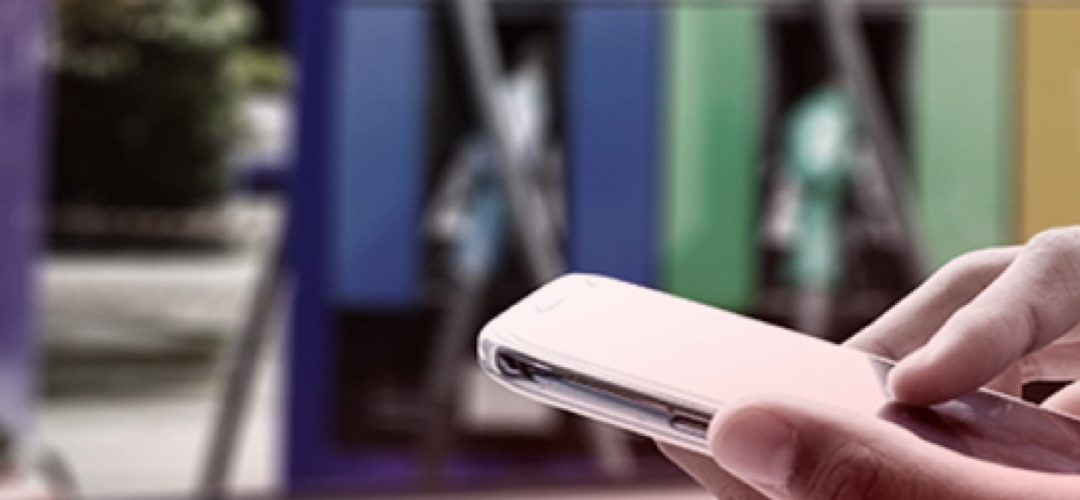
The Internet of Things: Enhancing the experience of your next fuel up
The fuel industry globally has seen itself having to rise to the occasion owing to unstable times in its recent history. As the digital evolution continues to unfold, consumer expectations keep changing – constantly demanding a new, unique experience.
Next-generation technologies such as the Internet of Things (IoT) can lend game-changing innovative solutions that will increase operational efficiency and commercial viability, particularly in an industry that is of critical importance to the economy.
Over the past 2 years, fuel stations in South Africa have been faced with increased challenges to meet fuel and convenience store sales targets. Changes in demand from consumers have largely contributed to these sales challenges. An increasing number of consumers have been operating more fuel-efficient vehicles and have started to use alternative fuel vehicles (e.g. electric vehicles). Another factor influencing demand is the steady increase in fuel prices, as consumers opt to using public transport or carpooling.
The conventional fuel station experience in many countries has not changed for decades. It has generally been that you drive up to the station and dispense petrol by yourself (self-service), or get served by a pump attendant. If goods were needed from the convenience store, you parked your car, got out and shopped. The reason this model has not been refined is because it worked – and there was no pressure to innovate. These traditional ways are gradually becoming obsolete, requiring fuel operators to adapt to the change.
To confront the above-mentioned challenges, fuel stations need to competitively differentiate themselves by enhancing customer experience. This can be achieved through implementing cutting-edge technology which can increase the overall convenience for a consumer.
According to MIT’s Technology Review, China has already tested smart technology in fuel stations which is in effect as of this year. Internet connected cars will be able to approach a station and have an app trigger on the car’s infotainment screen. The driver can select the amount of fuel needed, fuel type and have a virtual marketplace of the convenience store where they can place an order. Attendants can then fuel the vehicle and bring the convenience store goods to the customer. Payment is executed through Alipay – again through the infotainment app.
Connected fuel stations could now provide consumers with variety by sending the proximity of their location and prices of their fuel to connected vehicles. In countries where fuel prices are not regulated, trips in theory could be planned according to a consumer’s budget. This will bring a considerable number of value propositions through the technology that enables this interconnectivity.
In the foreseeable future, customer experience can also be increased through smart sensors placed on fuel stations to monitor the type of car driving in. These sensors will equip fuel pump attendants with the necessary manufacturers’ specifications of the type of fuel, tyre pressure, oil grade needed, etc. A database of information related to the car and its driver can be used to create loyalty programmes for fuel and convenience store rewards. With these kind of technologies in play, the possibilities of being connected now start growing.
Differentiation is the name of the game to staying relevant in this market. The move towards alternative means to enhance the quality of service will be the key driving factor towards addressing the challenges faced by fuel stations under the increasing pressure to innovate. This will see a supply of technologies built around the consumer, meet present-day demands and achieve the desired target.










